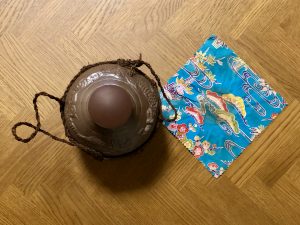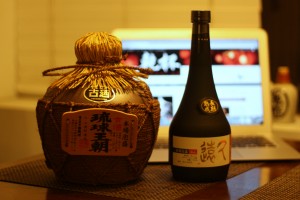The Mystery Awamori
When I moved to Japan one of my hopes was to start secondary aging Okinawan awamori at home. While it is nearly impossible to source these ceramic pots in the US, it is not that difficult in Japan so long as you are willing to pay. These are typically reserved for long-aged, or kusu awamori (古酒泡盛), which can run hundreds of dollars per liter especially in the traditional decorative ceramic jars, or "kame" (甕).




